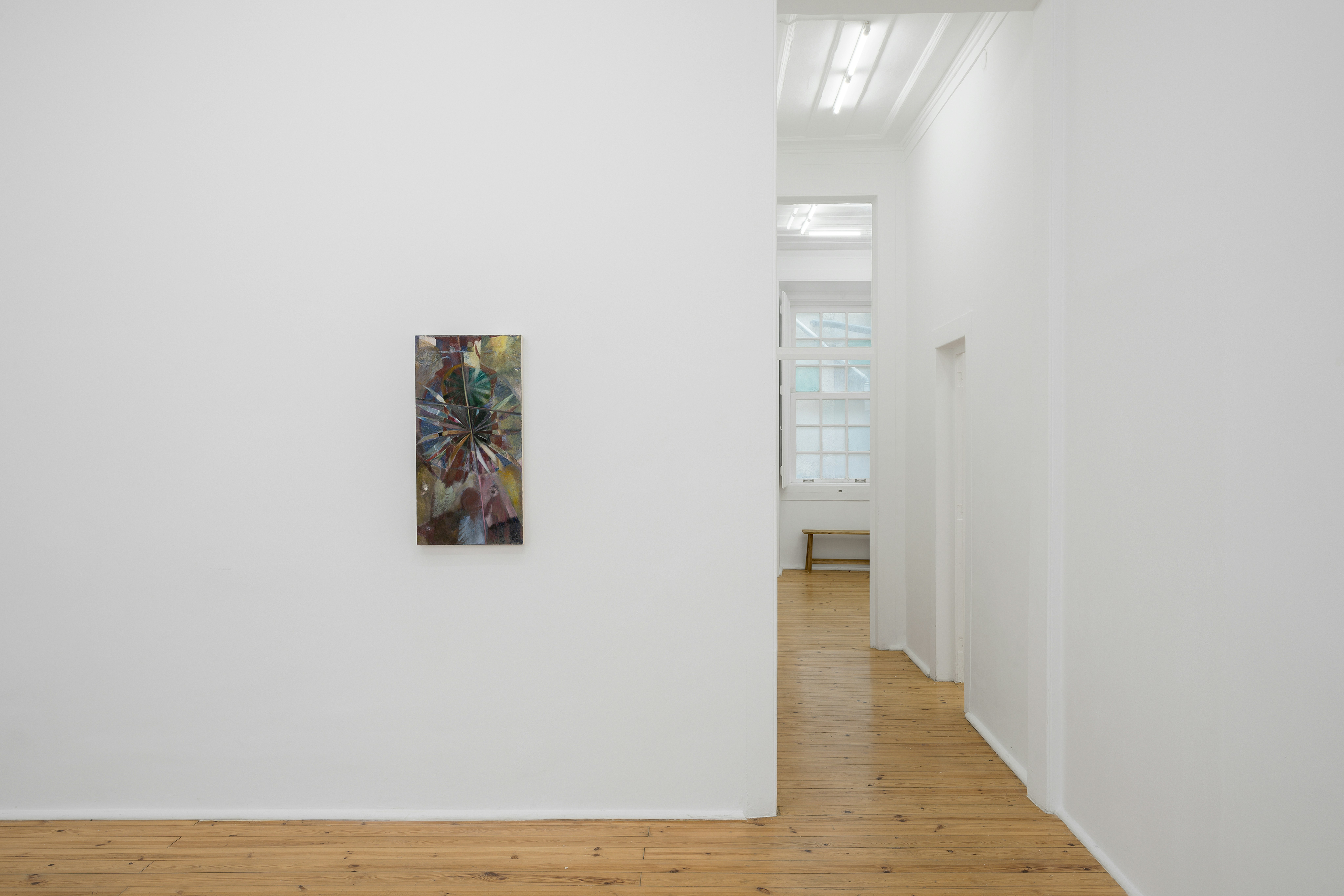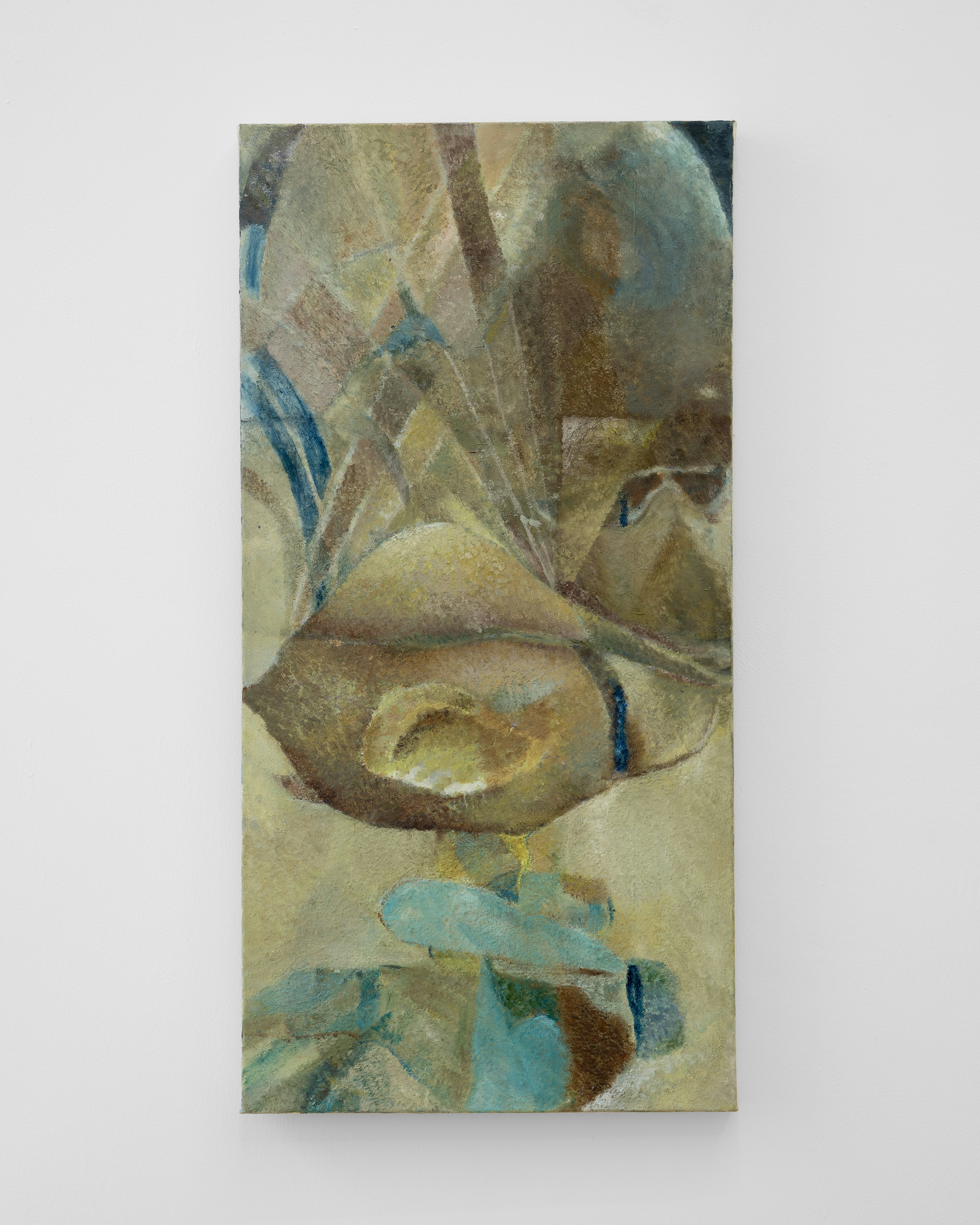ADZ
Rua do Crucifixo 28, First Floor, Lisboa
Wednesday–Saturday 11–5pm
info@adz.gallery
+351 932 989 202
Shiwen Wang
Lichtung
Opening reception; Thursday, April 14th, 8.00 - 10.00pm
ADZ Gallery is pleased to present the gallery‘s first presentation and debut solo-exhibition of Shiwen Wang.
Shiwen Wang (born in 1995 Shanghai, China), lives and works in London, obtaining her MA in Painting from the Royal College of Art in 2021, a Bachelor of Fine Art from the School of the Art Institute of Chicago in 2019 and a Bachelor in Art and Technology from the Shanghai Institute of Visual Art in 2017.
Concerned with the limits of representation, the liminal, and the escapist potency of ambience, London-based artist Shiwen Wang shores themes of genesis and catastrophe, the meditative and the methodological, within her harmonious, insistently textural, and ambiguously formed paintings.
Wang is motivated by the confluence of order and disorder, and particularly, finding moments in which these two coalesce. In her studio, the artist’s paintings are bordered by assorted reference imagery: botanical illustrations, architectural blueprints, and corsage patterns. Poaching elements of these constituent frameworks, the artist takes skeletal structures and intuitively embellishes upon these building blocks, as if to question their genesis and redirect their design. Here, soft, insistently textural forms meet angular, geometric planes in a gesture that is both sincere and exploratory, belying a determinist curiosity. Wang’s work seems to imply both the macro and the miniature: alongside decisive geometric diagonals and majestic, curving arcs, the faint motif of the circle recurs, often prismatically, as if to reference a ubiquitous, molecular presence. As a corollary to their insistently structural theme, the works also harbour its inverse: the threat of collapse.
There is a latent steampunk to Wang’s work. Combining a quiet futurism with an aged patina, the works take on the aesthetic of the museum to create a suggestive taxonomy of imagined objects. Some forms are more explicitly delineated: a curled ammonite, desiccant flora, full, rounded, shells; others are merely implied, refracting, like jewels, throughout the composition. Here, Wang confers upon the works ontological concerns: questions of classification, being, and becoming, exacerbated by their foundational, chimerical formlessness. Whilst the palette of the museum proliferates - glassy blues, emerald greens, and deep, antique ochres - ambiguity is also delicately worked into the paintings, primarily through an emphatic, speckled application of paint, and Wang’s use of wax, built up in layers, as if to obscure the works behind a milky, ethereal veil.
Wang’s lustrous patina recalls the insistent patterning of Gustav Klimt; her automatist manner, the French surrealists; her architectural use of line, Brancusi’s unwinged, unplumed curves. Speaking about her references, however, she cites the dream-visions of Jorge Luis Borges, contemporary, eschatological fiction, and a naked, a priori curiosity: her study of ornament, ambience, and the formal interplay of light and darkness.
In his philosophy, Heidegger uses the term Lichtung - which translates literally to mean glade, or a clearing within a forest - as a concept in which one finds enlightenment in the space afforded by absence. In the same sense, Wang’s chiasmic canvases, bereft of the didacticism of either distinct narrative or complete abstraction, invite viewers to feel their way through the artist’s tableau, questioning perception, consciousness, and human-centric thinking.
Written by Lydia Earthy








